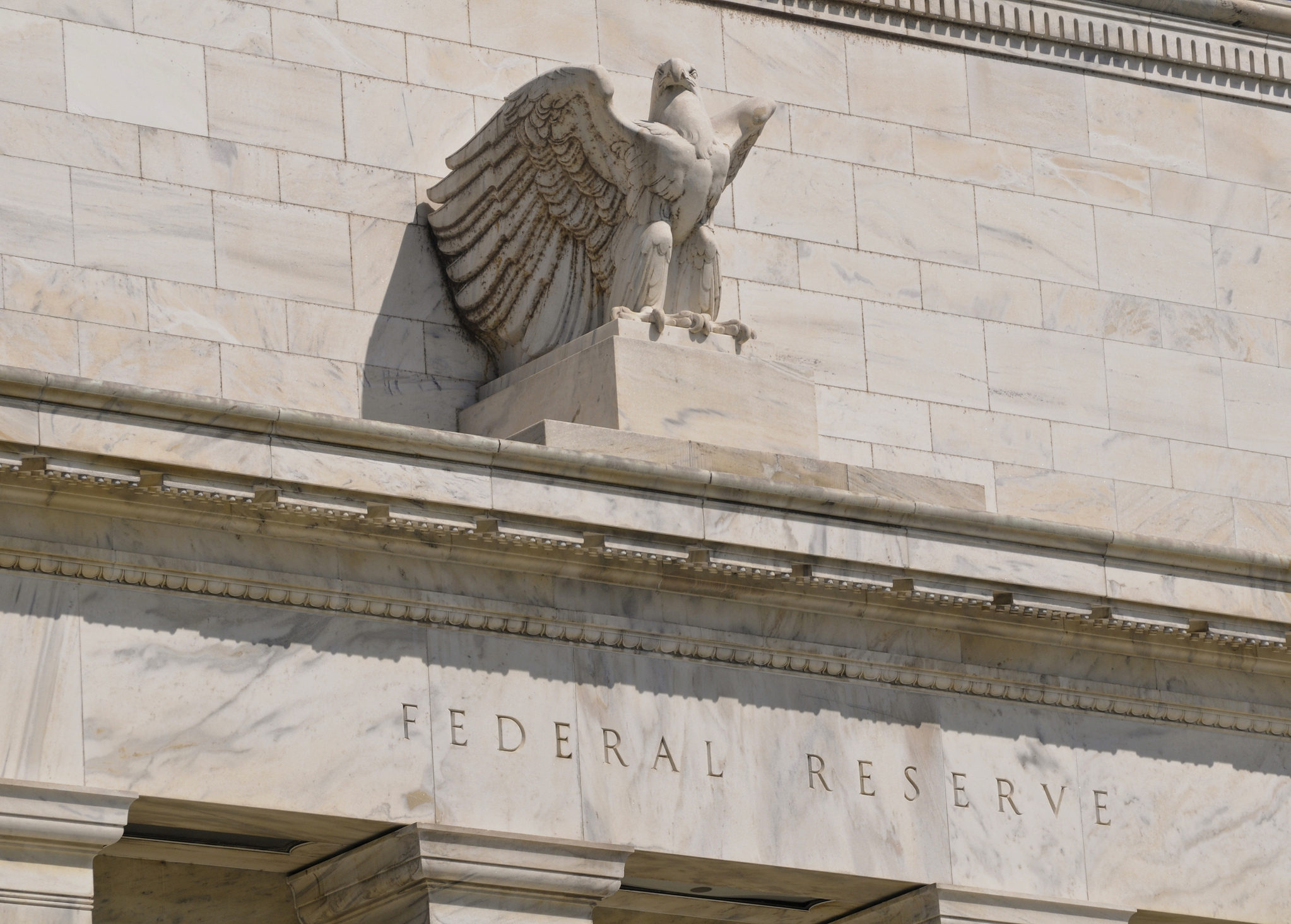A market supported by resilience—but riddled with fragility
The U.S. stock market enters the second half of 2025 facing a volatile mix of macroeconomic, political, and structural uncertainties. While strong consumer resilience, record corporate buybacks, and moderating inflation offer support, headwinds including tariff-driven stagflation, deteriorating CEO confidence, a sluggish labor market, and elevated equity valuations suggest a fragile outlook. A market crash is not inevitable, but the bar for continued gains is uncomfortably high.
Stagflation resurfaces as trade policy weighs on growth
The economy is grappling with a reemergence of stagflation, driven by aggressive trade policies that have pushed the average effective tariff rate above 15%, the highest since the 1930s. GDP growth is projected to slow to 1.6% in 2025, while inflation remains elevated near 4%. Signs of a softening labor market are mounting, with jobless claims rising and job openings declining. At the same time, student loan delinquencies are increasing, which could impact consumer confidence and spending.
Corporate sentiment dims amid policy uncertainty
Corporate and business sentiment is weakening, with investment intentions declining sharply, particularly among small businesses. Outside of AI-driven projects, capital expenditure plans have largely stalled. Meanwhile, the Federal Reserve faces limitations in lowering interest rates due to persistent inflation. Fiscal policy remains a source of concern, with potential deficits exceeding 7% of GDP and rising Treasury market fragility.
Valuations remain stretched as earnings stall
Valuations remain elevated, with the S&P 500’s forward P/E near cycle highs. The earnings outlook for H2 is flat, and gains in the first quarter have not translated into upward revisions. Market concentration is high, with the Magnificent 7 making up nearly 40% of the S&P 500, and retail flows into these names have waned. Record buyback authorizations offer some support, but actual execution may be tempered by rising capex needs.
Sentiment holds, but the margin for error is thin.
Still, sentiment is not euphoric. Contrarian indicators like the Crowd Sentiment Poll remain in a healthy zone, suggesting the market could continue to climb the wall of worry if key risks don’t materialize. But the margin for error is thin.
Conclusion: Managing risk in a policy-fractured market.
In conclusion, while a crash is not our base case, the risks are mounting. We recommend that investors embrace diversification, favor quality and defensiveness, reduce speculative growth exposure, and hold more liquidity. The second half of 2025 could deliver surprises, but prudence remains the best strategy in an increasingly unpredictable market landscape.
EXPLORE MORE POSTS
Navigating the New Macro Regime: Quantel’s October 2025 Results
Quantel's Premium Portfolios delivered another strong month in October 2025,...
Read Moreby Shyam Sreenivasan
Top 10 Tax Planning Strategies for Hni Commercial Brokers
High-net-worth commercial brokers stand at the intersection of deal-making and...
Read Moreby Irman Singh
Triple Shock Hits Wall Street: Liquidity, Shutdown, Sentiment
U.S. markets are falling due to liquidity stress, government shutdown...
Read Moreby Jerry Yuan
Keep More of What You Earn : Tax Strategies for Physicians
Physicians often find themselves in some of the highest effective tax brackets...
Read Moreby Irman Singh
Trump-Xi Truce in South Korea - A Fragile Pause for Markets
The U.S.–China truce cools trade tensions and supports risk appetite, but it’s...
Read Moreby Jerry Yuan
Intelligent Tax Planning for America’s Wealth Builders
by Irman Singh
Cooling Inflation Paves Way for Fed Cuts, Lifts Equity Sentiment
Cooling inflation data reinforced confidence in a soft-landing scenario,...
Read Moreby Jerry Yuan
Illiquidity: The Silent Constraint in HNwI's Portfolios
Why even substantial wealth can feel inaccessible — and how to design...
Read Moreby Irman Singh
Market Shaken by Renewed U.S. - China Tensions & Credit Fears
Renewed U.S.-China trade tensions and banking concerns triggered a sharp global...
Read Moreby Jerry Yuan
Why a Traditional Financial Advisor May Be Failing You ?
For decades, the traditional financial advisor has symbolized trust, expertise,...
Read Moreby Irman Singh
Fed Minutes Show Split Outlook: Rate Cuts Expected, but Inflation Maintains Caution
Divided Fed, uncertain path ahead — rate cuts are coming, but sticky inflation...
Read Moreby Jerry Yuan
From Insight to Execution: The Algo Way
Algorithmic investing, once the domain of hedge funds and prop desks, has...
Read Moreby Irman Singh
Drug Prices Drop, Pharma Faces a New Game
by Jerry Yuan
AI and Investing : Smarter Decisions, Sharper Insights
Artificial Intelligence (AI) is transforming the way investment decisions are...
Read Moreby Irman Singh
U.S. Tariffs Reshape Markets : Inflation, Supply Chains, and Equity Risks
by Jerry Yuan
The Overlooked Basics of Family Office
Family offices are created to simplify wealth management, protect assets, and...
Read Moreby Irman Singh
First Fed Cut in a Year: Growth Hopes, Softer Backdrop
The Fed’s first rate cut since 2024 signals a cautious pivot as growth stays...
Read Moreby Jerry Yuan
Smart Diversification for Today’s Economy
For high net worth (HNW) investors, diversification is not just about owning a...
Read More




















